Business
Some thoughts on the Power sector
Published
2 years agoon
By
Publisher
By Olabode Sowunmi III
The entire value chain of the power sector is privatised except the Transmission backbone (TCN) which remains in govt hands. However the privatized arms and the TCN must all work in an integrated manner for the system to function.
Discos are the interface of the sector with the public or should we say the face of the chain so its natural for them to be held responsible for everything gone wrong. ..and sometimes they are but not always.
The electricity sector value chain (very much like the telecoms value chain) cannot be developed in silos. No one can address the issues affecting them the same way, which is what has been happening.
The model Nigeria adopted for privatisation of the power sector is not alien – its the method that the government of India adopted for their power sector. Simply put the Indian model. So we copied that but not 100%.
To out this in perspective, North and North West Delhi which were privatised in 2002 with 56% of aggregate technical, commercial and collection (ATC&C) losses was down to 8.40 % by mid 2018!
The book makers say this is was possible in 16yrs with a total investment of about $1bn. Equally important to note is that the coverage of this DISCO is 510sq.km this is way bigger than the largest coverage of any of the Nigerian discos.
So what were the winning factors? Am glad you asked!
Govt subsidied the sector from start for 10years (same thing was promised in Nigeria but not fufilled), moved the debts to state balance sheets, provided loans at zero interest to mitigate the tariff hike and provide the right price signals to attract required investment.
On the part of the DISCOs, good governance, accountability and transparency all played out as fundamentals that they built upon.
Back to Nigeria, having a cost reflective tariff (it’s difficult to know what that is these days ?) is not going to be a magic bullet based on where we are today. Equally importantly is that having customers all metered is also not going to solve the liquidity challenge as *4 out of every 5 customers* by-pass meters. So it is important to meter but it has to be done in a structured manner such that the leakages can be spotted easily. This is where automation comes into place. Can you imagine someone bypassing payment on the mobile phone?
Moving on, should customers be made to pay the cost reflective tariffs today with the current poor service delivery (As we all know the service delivery is percieved in the eyes of the customers measure by the hours of electricity they get)? The anwser is no. Should the operators then subsidize the cost? The answer remains No!
So its left to govt to have a clear plan of how they will support the industry over a set period like was done in India and that would include financial intervention and financial re-engineering of the discos balance sheets.
Sanctity of contracts (something being pursued via the efforts for partial activation of the PPAs) and terms of the licenses to beneficiaries have to be upheld.
Government (Federal and State) have to be responsible in paying their bills and not in arrears. There is also the curious case of the Military and other MDAs who do not pay for electricity. Before we point accusing fingers at the military we need to understand that all over the world the military do not pay for utilities. There is no reason Nigerian military with their sacrifices to the nation should be an exception. So the issue is that somewhere in govt (Min of Power/ Min of Defense) someone needs to be proactive and take responsibility so that private sector players are paid their money. As at today no one wants to take responsibility for that. What’s more there is the curious case on court where the MAN has taken the DISCOs to court over the penultimate price rise. With the court asking them to mentain the Status Quo ante. The issue are legion!
This does not mean the DISCOs are a loss making machine. Far from it. The DISCOs say the cannot be in a position to pay full energy bills for the value chain as long as these discrepancies continue to exist. (this is very important if GENCOs are to survive and the Gas sector is to work and the country industrialize).
There is also the issue of forex which has never been addressed.
So what you have is that Customer tariffs are pegged at CBN rate to the dollar (CBN/$) but discos must pay energy bills at parallel market rate to the dollar (495/$).
NBET charges the DISCOs NIBOR +10% for portion of bills not paid but DISCOs cannot charge its customers (which include govt) interest on the portiom of their bills not paid. These things can be significant on the bottomline.
Now if the regulator aclnowledges that my tariffs should be at N140/kWh but only allowed to charge 50% there must be a recognition of this shortfall that impacts my ability (as a DISCO) to pay for my obligations to the value chain in full.
If MDAs (govt as customers) are not paying as at when due there must be a recognition of that in my payment performance.
Now to the operations!On one hand the DISCOs are informed that they cant charge cost reflective tariffs but on the other hand the system allows mini grid and eligible customer regulations which allows cost reflective tariffs to be charged.
Kindly note that this is not questioning these regulations for they are there to open up the market and are not bad but its how its implemented.
The questions to ask today is why are there no proliferation of embedded generators and eligible customers with these regulations?
Energizining ecomomies and education by govt through REA is good but only impacted existing contracts in the market. You get the drift now ?
So we had the PSRP which was not a perfect plan but its worth seeing through and making the needed adjustments as they implement.
The fundamental ingredient for its success is hinged on funds and how they are structured. And the primary reason it was not perfect is that it does not solve the ATC&C loses.
However if it resolved the ATC&C loses, it would have made all other things to fall in place for improved per. Only then can you truly and objectively see the non performing operators in the value chain.
But then it remains an If.
You may like


You left a lot of pens and files for me for continuity – Tinubu to Buhari
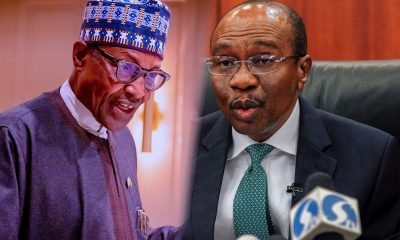

Why I did not sack Ex-CBN Governor, Emefiele–Buhari


FG opens portal to register startups across Nigeria
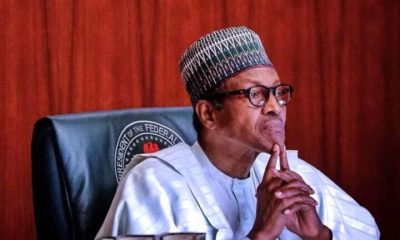

Disquiet over Buhari’s silence since Ribadu revealed Tinubu inherited ‘bankrupt country’
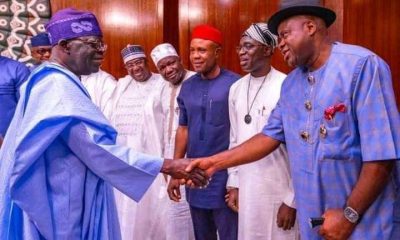

Sani commends Tinubu for congratulating Diri, PDP in Bayelsa
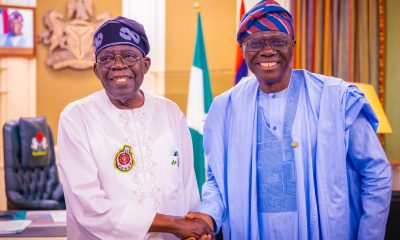

Sanwo-Olu celebrates Tinubu’s victory @ Supreme Court
1 Comment
Leave a Reply
Cancel reply
Leave a Reply
Trending

 Business1 week ago
Business1 week agoDollar crashes further against Naira at parallel market

 Football1 day ago
Football1 day agoGuardiola advised to take further action against De Bruyne and Haaland after both players ‘abandoned’ crucial game

 Business7 days ago
Business7 days agoRecapitalisation: Zenith Bank to raise funds in international capital market

 Education1 week ago
Education1 week agoArmy reveals date for COAS 2024 first quarter conference
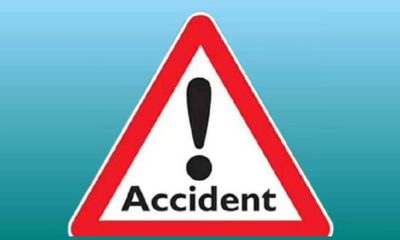
 Crime1 week ago
Crime1 week agoFleeing driver injures two on Lagos-Badagry expressway

 Covid-197 days ago
Covid-197 days agoBritish legislator demands Bill Gates, other ‘COVID Cabal’ faces death penalty

 Business1 week ago
Business1 week agoZenith Bank surpasses N2trn earnings milestone
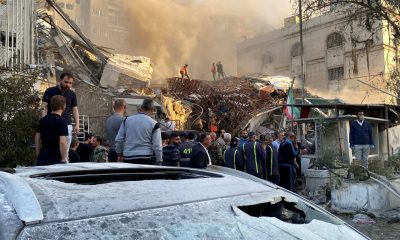
 Latest5 days ago
Latest5 days agoIsrael pounds Hezbollah with airstrikes after Iran attack


Pingback: Some thoughts on the Power sector - DJM TV NEWS